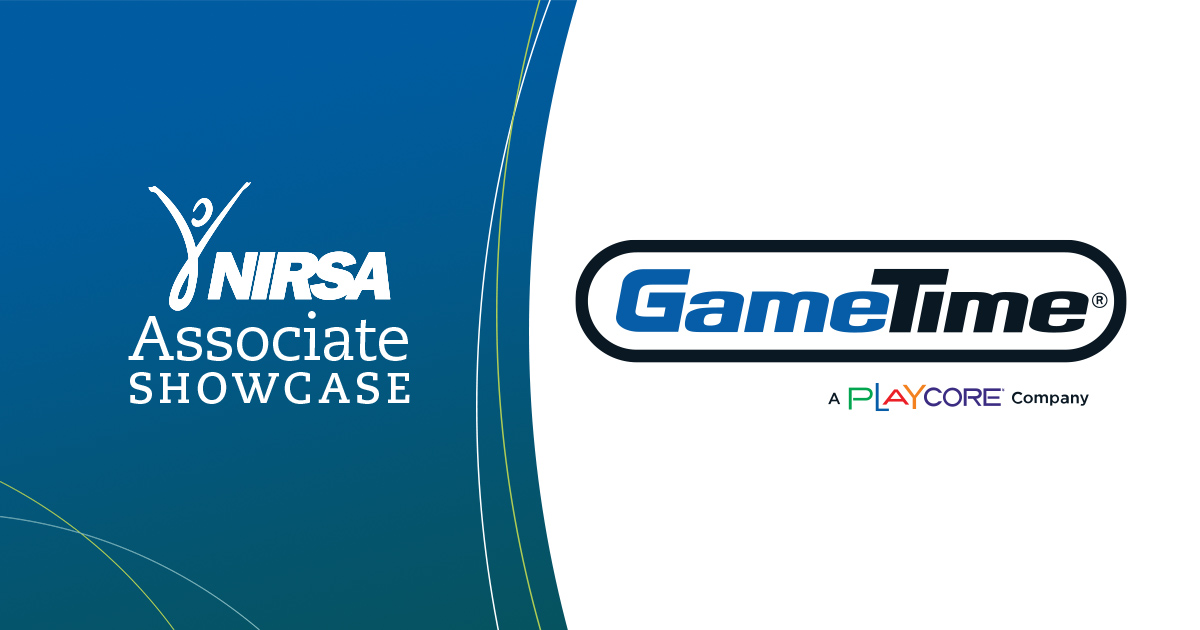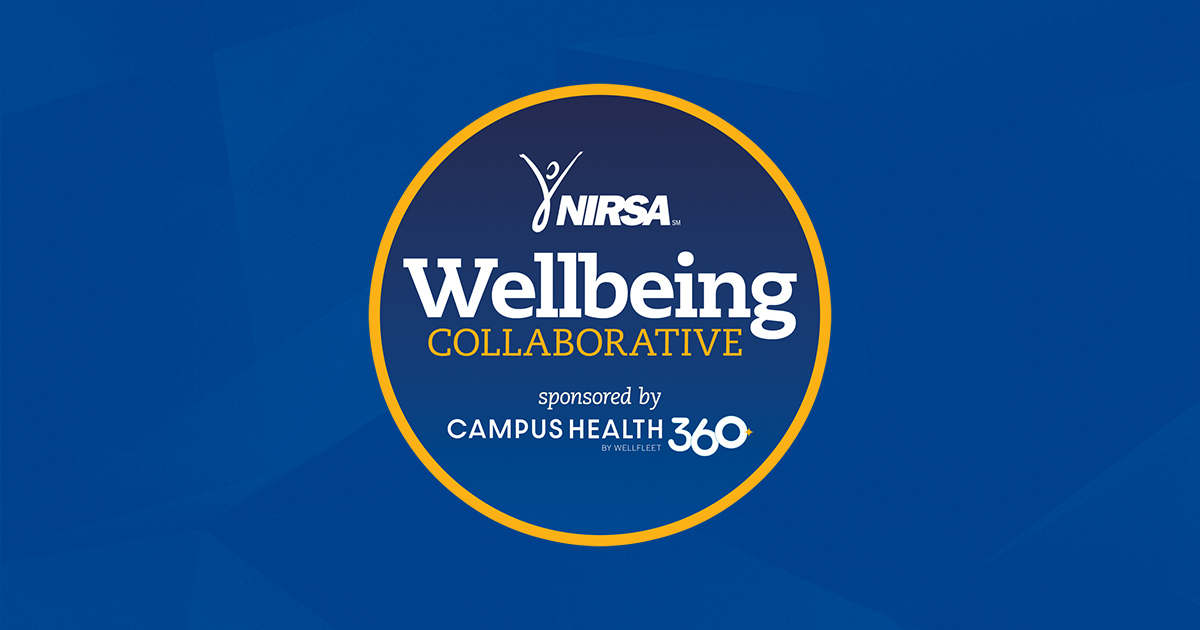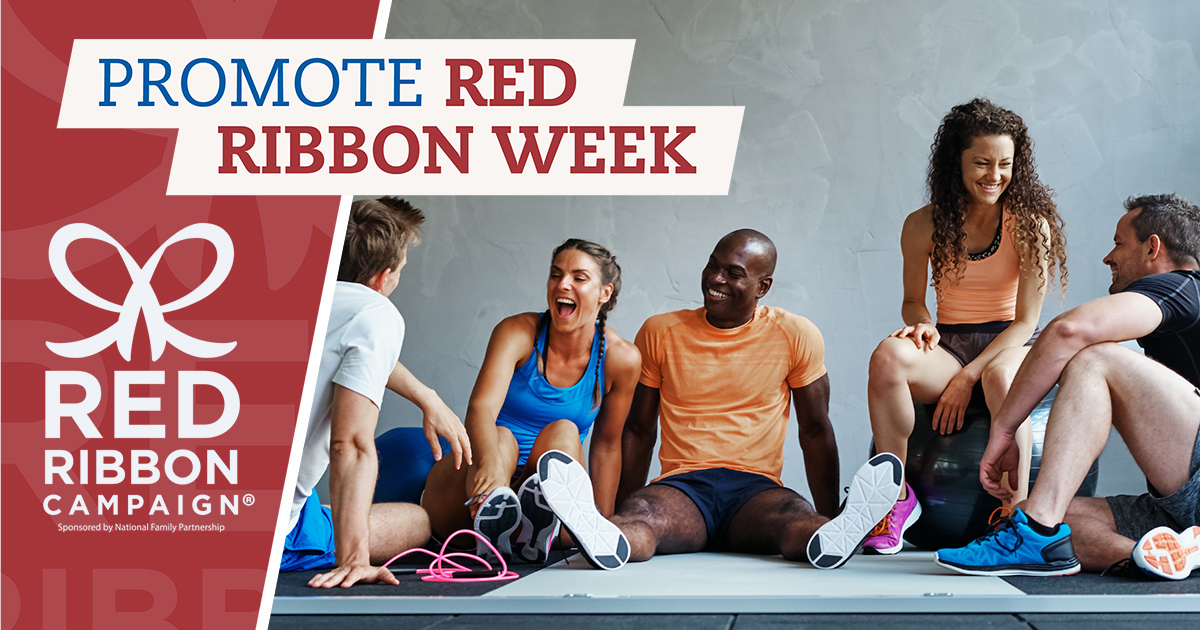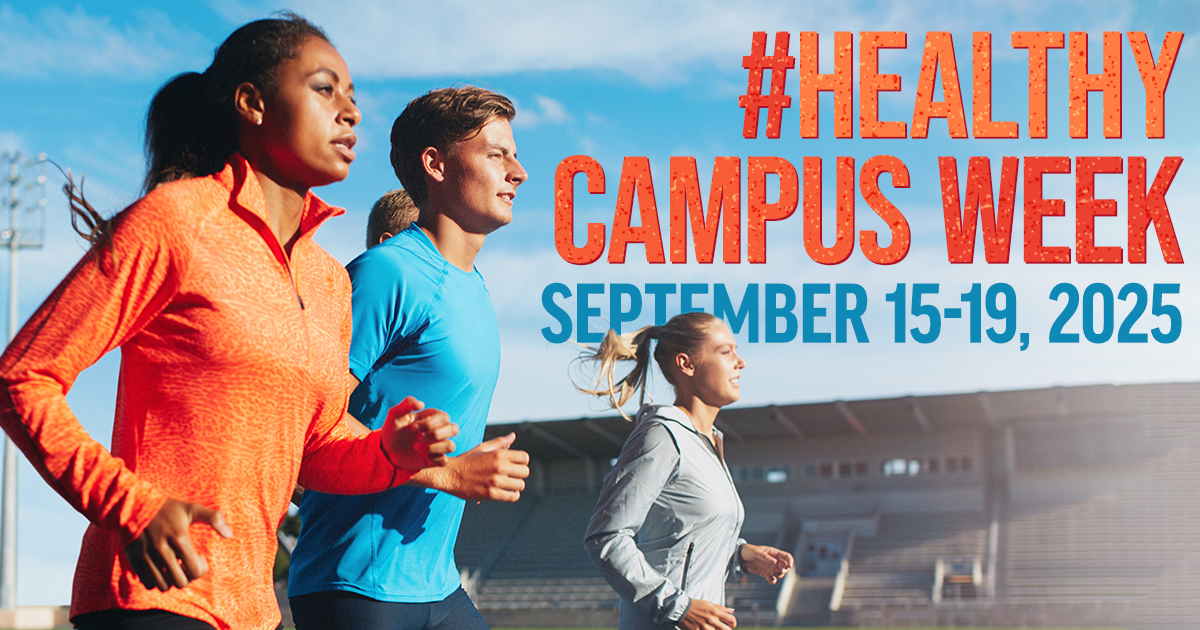“I guarantee many of you didn’t expect to see a swing as part of one of the topics of conversation,” Fred Weichmann, GameTime Vice President of Marketing & Product Development, said toward the end of an April 27 webinar. “We can do the unexpected on campus. We can think about recreation experiences that create the greatest good for the greatest number of people, allow access and inclusion, create playful and fun experiences, and your campuses will be wildly changed.”
Fred moderated a panel of experts with “great tenure” in their fields of health and wellness, play, campus recreation, and accessibility and inclusion. This information-packed webinar is a must-watch for campus recreation professionals who are:
- Curious about the impact of the outdoors on student success
- Looking for requirements and ideas for inclusive, accessible recreation opportunities and design
- Seeking science-backed research and inspiration about the monumental benefits of play on individuals and communities alike
A recording of “Every Campus a Park for Every Body: How to make a more accessible and inclusive campus experience” is available free for NIRSA members and non-members alike!
“We need to get them moving”
Laurie Braden used examples of her campus at Louisiana State University—where she’s the Executive Director, University Recreation—and Virginia Tech to highlight how creating a sense of belonging and inclusion and how being in nature has tangible outcomes on students’ academic success and mental health.
Campuses, Laurie said, need to dialogue about how to “make every campus a park” and reach students outside of existing rec centers. She cited Kaplan’s Attention Restoration Theory, which suggests improved focus and concentration from time spent in nature, to review the benefits of green spaces on student learning, mental wellbeing, and physical and social health.
At LSU, she met with members of the student government after the pandemic to show aerial images of the proposed “Park at URec,” which students decided would be better named “The Backyard” given their positive affiliations with play and their own backyards growing up. Laurie recommends getting many campus partners involved—from vice presidents to facility planning, risk management to transportation, and especially students—to create playful spaces across campus that are truly accessible and resonate with the student body.
A global study from the World Health Organization published in 2019 demonstrated that 1.9 million students, aged 11-17, didn’t meet the daily requirement of one hour of physical activity. These individuals, Laurie noted, “are students in college now.”
“We need to get them moving,” she continued. “We have a chance to increase their academic performance, get them playing again, and tell them the importance of play across their lifetime. I think that in college campuses, we are uniquely positioned because of all the space we have outside of our rec centers to actually accelerate and solve a lot of these problems.”
Designing spaces for people to enjoy together
Bill Botten, Accessibility Specialist at the United States Access Board, discussed designing inclusive, accessible spaces. He reviewed The Americans with Disabilities Act’s minimum requirements and recommended campus rec professionals consult their state and local codes, which may require additional space, amenities, and other conditions for accessible spaces.
Bill went in-depth on key factors and considerations for accessible spaces, providing numerous ideas and examples about site arrival, protruding objects, informational signage, equipment, site furnishings, and more. As someone who uses a manual wheelchair himself, he stressed the importance of helping those with mobility devices to keep moving, as the opportunity is often rare.
Next, Fred discussed resources for design considerations and equipment and showed an aerial mockup of a campus with multiple “pockets of fitness” and nature as an example of a campus holistically designed to encourage spending time outdoors, play, and “accidental fitness”—a term coined by VA Tech’s Ali Cross—for all fitness levels and physical abilities. Outdoor dining and classrooms, shaded and sheltered spaces, group fitness areas, obstacle courses, multi-functional equipment, and multi-purpose fields are just some examples of campus spaces that can be designed to encourage students to gather, socialize, and play.
Play science, attunement, and benefits of authentic play
Primatologist Dr. Jane Goodall told Dr. Student Brown, Founder of the National Institute for Play, “Stuart, if you’re gonna understand play, you have to understand animal play in the wild.”
In the webinar, Dr. Brown reviewed his observation of a male polar bear’s “rough and tumble play” with a sled dog to demonstrate the hard-wiring of playful interaction in mammals. More and more play science is emerging demonstrating play’s essential role in attunement (emotional bonding) and human interaction.
“Laurie at LSU and the rest are recognizing there that is something fundamentally important in the process of play that is as basic as sleep and dreams, good nutrition, safety, etc.,” Dr. Brown said. “Play itself is a public health necessity, and I wish that all of us…would have the opportunity of attunement, playfulness through our lifetime.”
Tom Norquist, PlayCore Senior Vice President of Innovation and Business Development, showcased an “attunement swing” that allows two people to swing together, face-to-face. He and Dr. Brown reviewed “play triggers” and the benefits and outcomes of authentic play. Play allows people to prosper interpersonally, increasing innovation and creativity, optimizing neuro-plasticity, and fostering emotional self-regulation alongside empathy and compassion.
“The mollification of differences in people, the softening of those occurs largely through play,” Dr. Brown reflected. “The ability to be flexible, to be safe with others, to have a sense of belonging even though there are differences in physiology, or, for example, religion or gender issues, this is where play tends to allow communal belonging that otherwise wouldn’t happen.”
Research on the benefits of play is sprinkled through this impactful webinar, but Dr. Brown summarizes a key takeaway for campus recreation: “If a campus itself is play-promoting,” he said, “you really have something that makes a difference in the community.”
- For more information about NIRSA’s Associate Showcase and sponsored content opportunities, please contact NIRSA Expo & Corporate Relations Coordinator Kelley Hungerford.
Kelley Hungerford is currently the Assistant Director of Expo & Corporate Relations at NIRSA.








